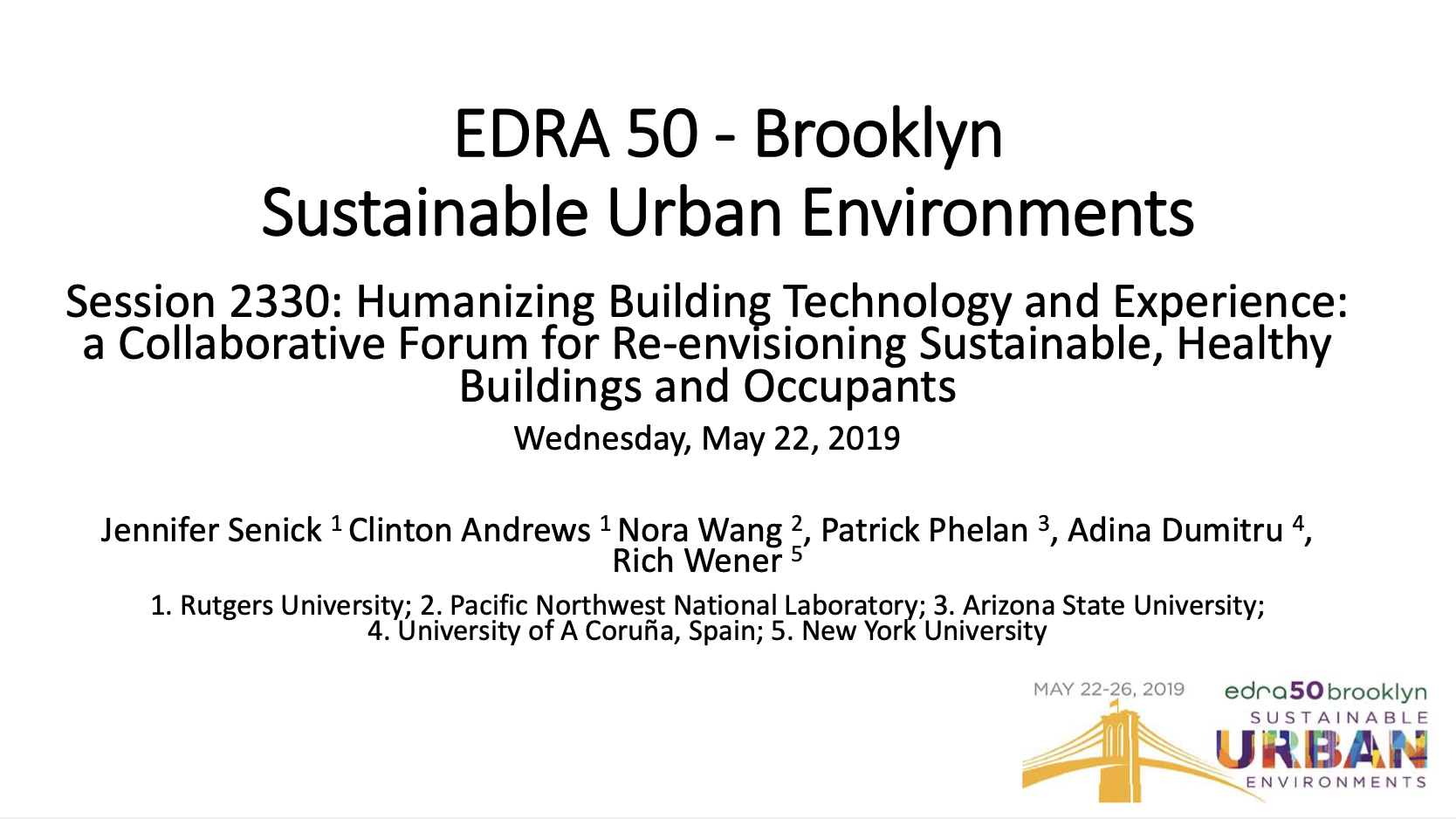The routes that evidence follows into the design process are often tortuous, and their relative merits are not well understood. Most common is the establishment of a heuristic, a rule of thumb that gets passed from master to apprentice. Field studies using post-occupancy evaluation and building performance evaluation techniques have taught lessons one building at a time, but those lessons mostly accrue to the individual designer and the limited number of structures designed and built during that person’s working life. Formal scientific studies increasinglyinform standards development and establish a performance floor for broader design practice. The advent of building information modeling and building performance simulation tools has opened up the possibility of learning and designing in silico, if data are available for calibrating the models. For physics questions that influence structural, mechanical, and electrical engineering design, there are plenty of data to support simulation modeling. Data on human behavior are much more limited, and it is only recently that researchers have collected enough data to calibrate sophisticated models of human interactions with building systems. Such models typically represent behavior as either a Markov process or an agent-based model. Current efforts attempt to make behavioral data much more widely available by harvesting building management system and personal device data streams, developing large-scale occupant surveys, and pooling building-specific data sets. This paper develops a typology of categories of evidence and of the routes by which evidence influences design. It assesses the strengths, weaknesses, histories, trajectories, and fitness for specific purposes of each, and provides illustrative examples. It makes a first step toward realizing a more ambitious and evidence-based Vitruvian design paradigm.
Humanizing Building Technology and Experience: a Collaborative Forum for Re-envisioning Sustainable, Healthy Buildings and Occupants
Citation:
Senick, Jennifer, Andrews, Clinton, Wang, Nora, Phelan, Patrick, Wener, Richard (2019, May). Humanizing Building Technology and Experience: a Collaborative Forum for Re-envisioning Sustainable, Healthy Buildings and Occupants. Environmental Design Research Association (EDRA) 2019, Brooklyn, NY, May 22, 2019
